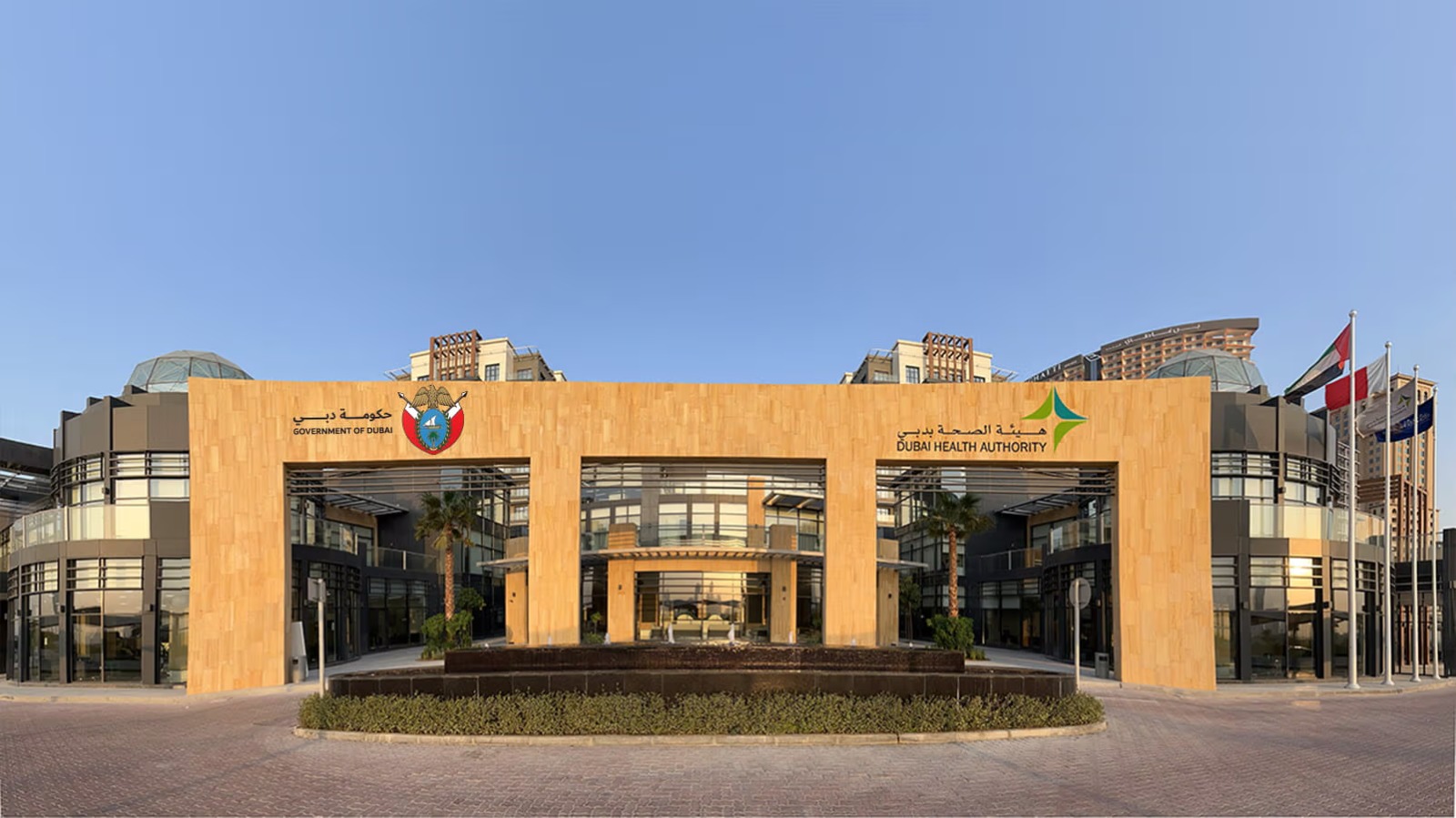
[ad_1]

Gulf – Dubai
A report released by the Dubai Health Authority shows that in 2023, the Emirate of Dubai will see significant growth in health tourism activity, both in terms of the number of international patients coming to the emirate for treatment and the value of medical services spent, reflecting growing global confidence in the level, type and quality of medical services provided by various medical specialties in the UAE, and demonstrating its competitiveness as a leading destination for regional and global health tourism.
691,000 health tourists
The report highlights the efforts made by the Dubai Health Authority in collaboration with its strategic partners to ensure the integration of health services and confirm their quality in accordance with the best international standards, in line with the goals of the Dubai Economic Agenda D33, which aims to double the emirate’s economy and enhance Dubai’s global position as a preferred destination for business, investment and tourism. The report said that in the past year, Dubai welcomed 691,478 health tourists from countries around the world, with medical expenditure exceeding 1 billion and 34 million UAE dirhams, a figure that exceeded the number of health tourists in 2022. The number of international tourists reached 674,000, with medical expenditure reaching 992 million dirhams.
Indirect revenue from health tourism in Dubai exceeded AED 2 billion and AED 305 million respectively in the past year, making a clear contribution to supplementing Dubai’s GDP by stimulating aviation, hotels, hospitality, communications and other industries.
Global Trust
Commenting on the findings reported in the report, Awad Saghir Al Ketbi, Director General of Dubai Health Authority, said: The increasing demand for treatment services provided by various medical institutions in the emirate of Dubai among international tourists from countries around the world reflects the growing global confidence in Dubai’s healthcare sector, which provides services in line with the latest standards of quality and excellence in the health sector.
Al Ketbi explained the factors that have effectively stimulated the health tourism movement in Dubai. Among them: the development of the emirate’s health system, keeping pace with and adopting the latest technological innovations, providing medical expertise, programs and initiatives that attract international patients from countries around the world, as well as competitively priced services provided by medical institutions, and the government’s commitment to developing the health tourism sector in general in an effective partnership aimed at increasing the emirate’s competitiveness in this field and strengthening Dubai’s position as a preferred destination for those seeking treatment and hospitalization.
Praise for effort
Al Ketbi praised the emirate’s private healthcare sector for its continuous efforts as a strategic partner of the government sector in providing attractive initiatives, facilities and treatment options to patients, and its facilities for their keenness in providing patients with an excellent experience. Patients travelling to Dubai from abroad for treatment are provided with a safe and comfortable environment based on… Dubai has an advanced and sustainable infrastructure that caters to the needs of patients and achieves their satisfaction.
Al Ketbi stressed that the authority is committed to continuing to develop the emirate’s health system to keep pace with the new phase of development and the rapid transformation that Dubai is undergoing across all economic, health and social sectors, and to achieve the ambitious strategic goal of enhancing Dubai’s positioning as an inspiring global model that keeps pace with the times and meets future needs.
The most attractive major
The report, based on statistics from the Dubai Digital Authority, shows that the three most attractive medical specialties for international health tourists are dentistry, at 29%, followed by dermatology, at 27%, and gynaecology, at 13%. Asian countries are most likely to specialize in dermatology, at 33%, followed by Arab and GCC countries, at 28%, and finally European countries, at 23%.
In dentistry, the highest demand came from Arab and GCC countries at 48%, followed by European countries at 20% and Asian countries at 19%. Patients from Asian countries had the highest demand for gynecology specialties at 49%, followed by European countries (25%) and Arab and GCC countries (13%).
The report shows that Arab and GCC countries have the highest demand for orthopedic surgery at 30%, followed by Asian countries at 29% and European countries at 24%. Arab and GCC countries are most popular in cosmetic specialization at 43%, followed by European countries (21%) and Asian countries (21%).
In the field of ophthalmology, the three regions with the highest demand for this specialty are: Asian countries, with 28%, followed by Arab and GCC countries, with 27%, and European countries, with 21%. In the field of fertility, Asian countries have the highest demand for this specialty, with 36%, followed by Arab and GCC countries, with 22%, and European countries with 21%. These are also the three regions with the highest demand for hospitalization and rehabilitation in Dubai: they are: European countries with 35%, followed by Arab and GCC countries with 30%, and Asian countries with 21%.
The report shows that women account for 58% of the total number of international health tourists, while men account for 42%. Most international patients come from Asia, accounting for 33%, followed by Arab countries and GCC countries, accounting for 28%, and Europe and CIS countries, accounting for 23%.
[ad_2]
Source link


